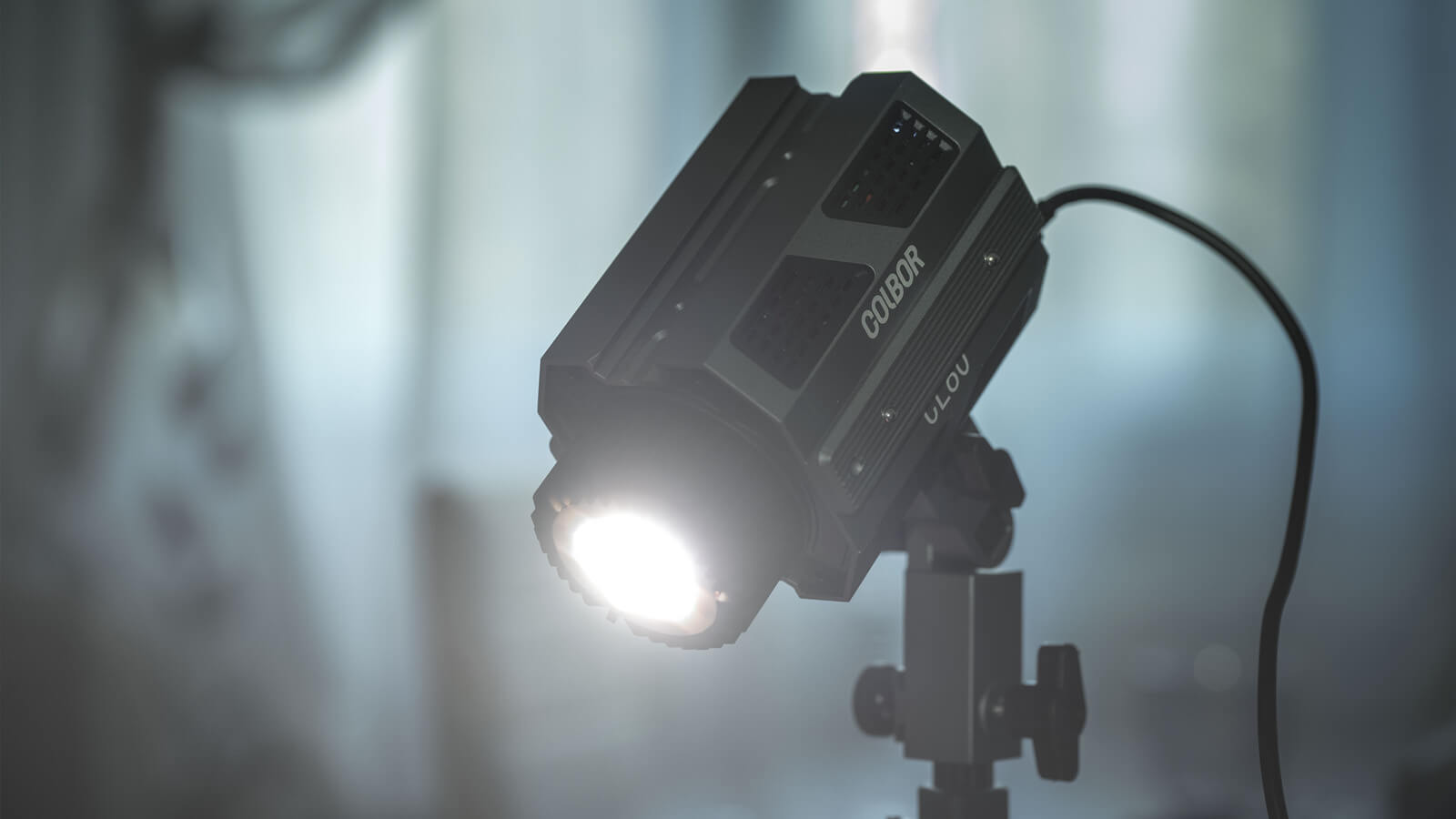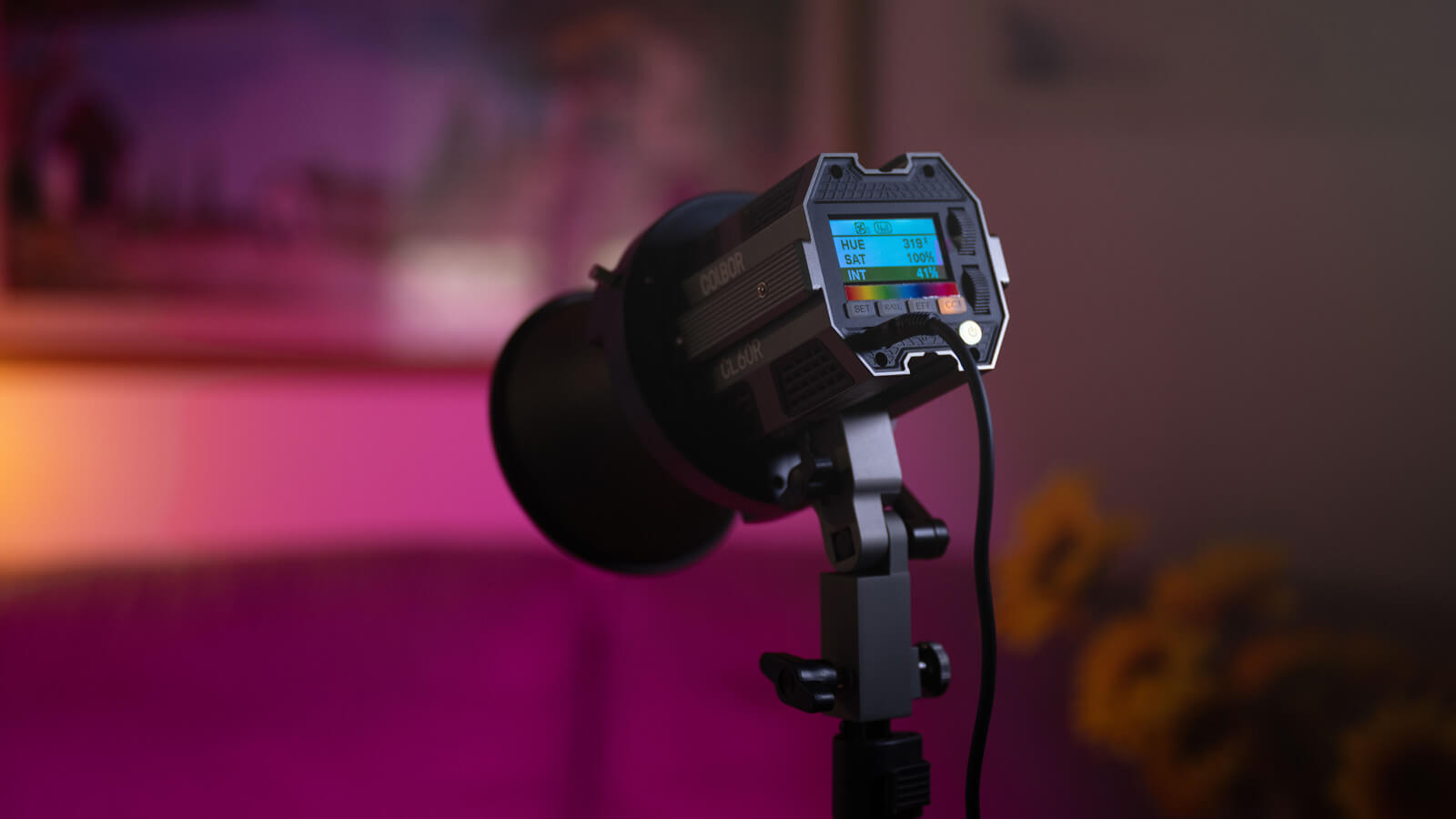Thinking of recording your podcast? Lighting is a critical component that should not be disregarded in the recording process. The appropriate lighting will improve the overall podcast quality and make you look your best. Here are some podcast lighting tips that help you get the best lighting in your podcast studio, regarding lighting positions, color temperature, and lighting techniques.

Podcast lighting tip 1: Dos and don’ts of lighting position
The location of your lighting has a significant impact on how you appear in podcast videos, whether you're using a studio light for video, a nearby window, or simply a spare lamp. It's crucial to position your main light, also known as your Key Light, in front of your subject, who is the main person being recorded on camera.
After getting the main light, it's important to fine-tune its positioning. Placing the light low and to the right will produce different results than positioning it directly in front and higher up. Here's a breakdown of some effective lighting options for your podcasts:
- Directly in front and above: This setup, often termed "Flat," eliminates shadows on the subject's face, making it a suitable starting point for those unfamiliar with video lighting adjustments. With this setup, your subject will be well-lit, free of distracting shadows, and positioned directly behind your camera.
- 5 to 25 degrees and above: As you adjust the light slightly around the subject, you begin to introduce shadows on the face. This subtle angling adds depth and texture without being overly dramatic.
- 45 degrees and above: This position adds more shadows to the subject's face, suitable for adding dimension to average videos without being too intense.
It's also essential to avoid certain lighting positions, such as:
- Front and below: This creates unflattering shadows on the face and eyes, unless you're aiming for a specific scary effect, it's best to avoid this setup.
- Behind: This results in the subject being poorly illuminated and cast in shadows, which is contrary to our goal.
Remember, this is just a starting point for achieving optimal video lighting and enhancing your video creation skills. Experiment with different lighting positions to find what works best for you.
Podcast lighting tip 2: Decide color temperature based on podcast styles
Color temperature, measured in Kelvin (K), denotes the warmth or coolness of light. Understanding color temperature is essential for achieving the desired ambiance in your podcast studio. Different lighting scenarios necessitate varying color temperatures to create the right mood and visual impact.
Warm light, typically falling between 2000K to 3500K, fosters a cozy and intimate atmosphere. It can elicit feelings of ease and relaxation, making it fitting for podcasts with a relaxed or conversational tone.
On the other hand, cool light, ranging from 5000K to 6500K, emits a brighter and more invigorating illumination. It emulates natural daylight and is frequently utilized in professional environments for a polished and clear appearance. Cool light suits podcasts aiming for a professional or informative tone.

Podcast lighting tip 3: Use lighting techniques to create a professional look
Here are 4 common techniques used for podcast lighting.
Three-point lighting setup
This is a traditional technique utilized in a variety of visual media, including videography, photography, and, of course, podcast studios. It comprises three lights: the key light, the fill light, and the backlight.
The key light is situated in front of and slightly off to the side of the subject, serving as the primary source of illumination. Positioned opposite to the key light, the fill light reduces shadows and contributes to a more balanced lighting arrangement. Placed behind the subject, the backlight accentuates edges and fosters depth.
This versatile setup can be adapted to suit different podcast studio layouts and atmospheres, offering a well-rounded, professional appearance that serves as an excellent starting point for beginners.
Rembrandt lighting
Rembrandt lighting is named after the renowned painter Rembrandt van Rijn, who is recognized for his dramatic use of light and shadow. This podcast lighting technique requires positioning the main light at a 45-degree angle to the subject, just above eye level. It produces a triangle-shaped highlight on the side of the subject's cheek that is away from the light source, leaving the rest of the face somewhat darkened.
Adding depth and dimension to your podcast studio visuals, Rembrandt lighting imparts a dramatic and artistic flair, particularly effective for podcasts aiming to evoke mystery, intrigue, or dramatic storytelling.
Butterfly lighting
Butterfly lighting, sometimes called as paramount lighting, is a popular portrait photography technique that may also be employed in podcast studio setups. Positioning the key light in front of the subject and slightly above eye level results in a gentle, downward-facing light.
This method produces a subtle shadow resembling a butterfly under the nose, hence its name. Butterfly lighting is flattering and can yield a refined and elegant appearance, often favored in interviews or podcasts where hosts or guests aim to convey sophistication and grace.
High key and low key lighting
High key and low key lighting represent two contrasting techniques that can influence the visual style of your podcast studio setup.
High key lighting employs bright, uniform illumination to craft a well-lit, low-contrast setting. It is commonly linked with a clean, airy, and upbeat aesthetic, making it fitting for podcasts seeking to convey vitality, optimism, or a cheerful atmosphere.
Conversely, low key lighting utilizes darker, more intense illumination to shape a high-contrast environment with deep shadows. Often associated with a somber, enigmatic, or intense mood, low key lighting infuses depth and intrigue into your podcast visuals. It is suitable for podcasts with a more solemn, suspenseful, or intellectually stimulating theme.
Acquiring knowledge of these lighting techniques equips you with a diverse array of creative choices to elevate the visual appeal of your podcast studio. Trying out various podcast lighting techniques allows you to discover the ideal lighting arrangement that harmonizes with the mood and message of your podcast.
